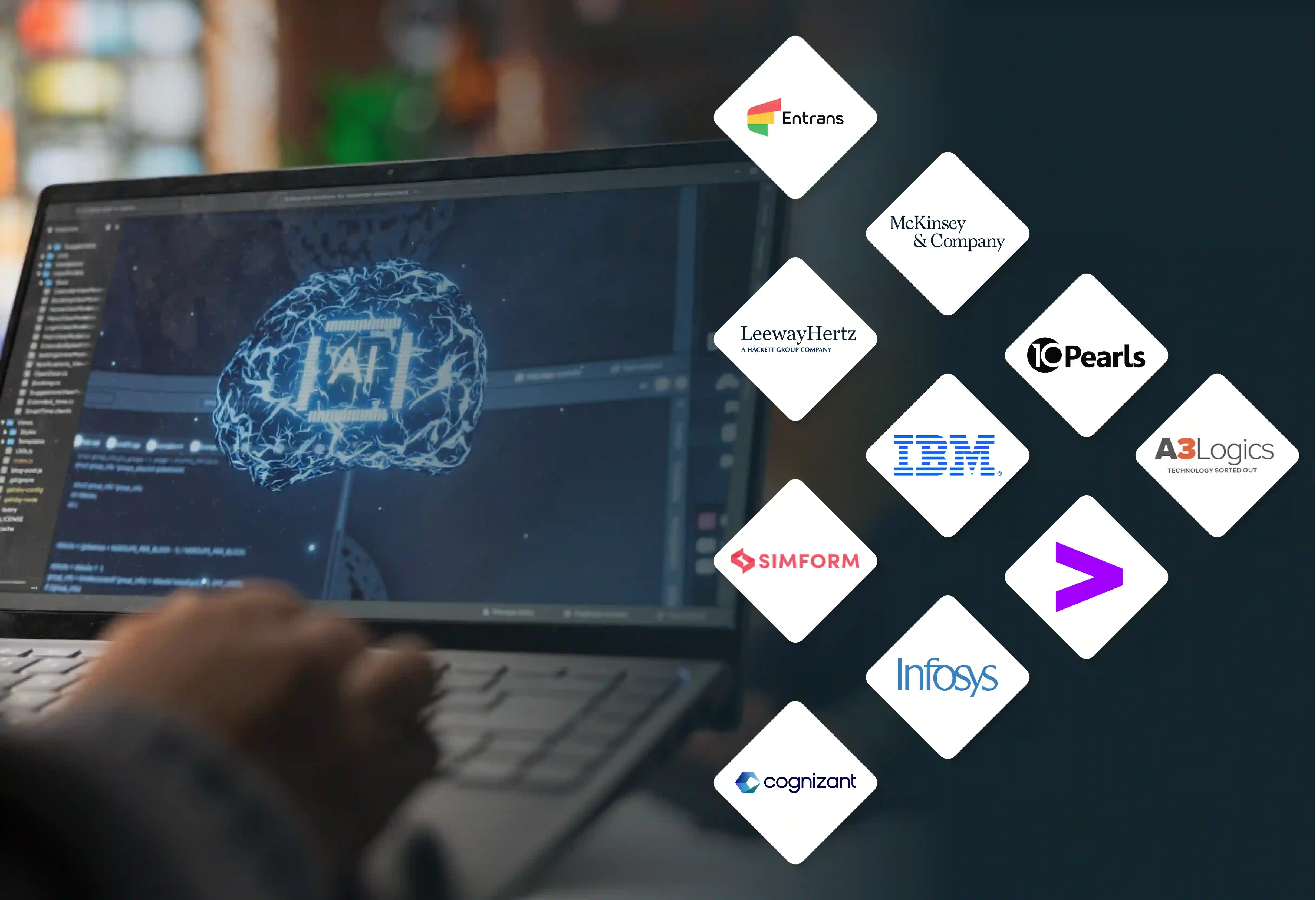


January 2025, Deepseek took the world by storm. Aside from being a lot lighter and a LLM that can be used locally, it supposedly only cost 6 million to develop!
Why is that noteworthy? It’s mindblowing since ChatGPT is estimated to have cost around 1 billion USD to develop (which we’ll dive into deeper later).
But if you’re looking to run an LLM locally, and are keen to know more about Deepseek - we’ll dive into that more below.
Started by Liang Wenfeng and owned by the Chinese hedge fund High-Flyer, DeepSeek is an advanced language model designed to handle a wide range of natural language processing tasks.
Contrary to popular belief, SemiAnalyisis, an independent research firm debunked the cost of DeepSeek, pointing out that the 6 million is likely only the cost of the GPU pre-training and does not consider other capital expenditures!
This AI model excels in generating human-like responses, understanding context, and adapting to various use cases. Built with a focus on efficiency, DeepSeek aims to support users in research, development, and automation
DeepSeek R1 is a specific version of the DeepSeek language model optimized for local deployment. It is designed to run efficiently on personal systems while maintaining high-quality performance
This is one of the latest models released in January 2025 and can be used for text generation, summaries to understand things, and to develop code.
Once installed, verify the setup by running a simple command to check if Ollama is functioning correctly.
After installing Ollama, the next step is to integrate DeepSeek into your local environment. This involves fetching the DeepSeek model and configuring it within Ollama through the command:
ollama pull deepseek-r1
Ollama Serve allows users to interact with DeepSeek in real-time. By running the serve command, you initiate the model and make it accessible for generating responses by typing:
ollama serve
When installed go ahead and type the command:
ollama run deepseek-r1
While ChatGPT is known for conversational depth, DeepSeek is designed for specific tasks that demand precision and adaptability. The choice between the two depends on the user’s goals and workload requirements.
Criteria
ChatGPT
DeepSeek
Response Accuracy and Relevance
Generally strong; varies by task
Rapidly improving; focus on code
APIs and plugins
Extensive API access; growing plugins
Not as many
Customization and Fine-Tuning
Limited fine-tuning options
Open models enable customization
Cost and Licensing Model
Usage-based pricing; commercial licenses
Open source; potentially lower cost
Model Architecture
Proprietary; transformer-based
Mixture of experts; transformer
We’ve gone ahead and listed the different DeepSeek LLMs in chronological order.
DeepSeek is used across the board including in research, content generation, and automation. For developers, using DeepSeek in applications requiring natural language understanding can be one way to go. However, for businesses, customer support and data analysis are more likely uses.
What are the system requirements for running DeepSeek locally?
DeepSeek requires a system with sufficient processing power, memory, and storage. While exact specifications depend on the model version, a modern CPU and GPU help achieve optimal performance.
Can DeepSeek be used offline?
Yes, once installed, DeepSeek can function without an internet connection. However, periodic updates may require online access.
How does DeepSeek compare to other AI models?
A: DeepSeek focuses on efficiency and precision, offering a streamlined approach to text generation. While some models prioritize conversational engagement, DeepSeek is designed for tasks requiring clarity and accuracy.
Is DeepSeek free to use?
Availability and pricing depend on the version and intended use. Some models may be accessible for free, while advanced features could require a subscription or licensing.





